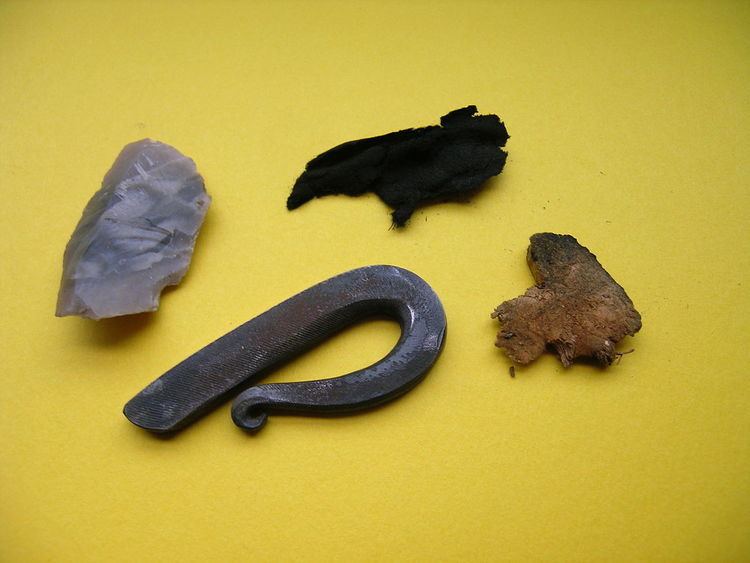 | ||
This is an alphabetized glossary of terms pertaining to lighting fires, along with their definitions. Firelighting (also called fire making or fire craft) is the process of starting a fire artificially. Fire was an essential tool in early human cultural development. It requires completing the fire triangle, usually by initiating the combustion of a suitably flammable material.
Contents
A
B
C
D
E
F
G
L
M
N
P
R
S
T
V
W
Z
References
Glossary of firelighting Wikipedia(Text) CC BY-SA
